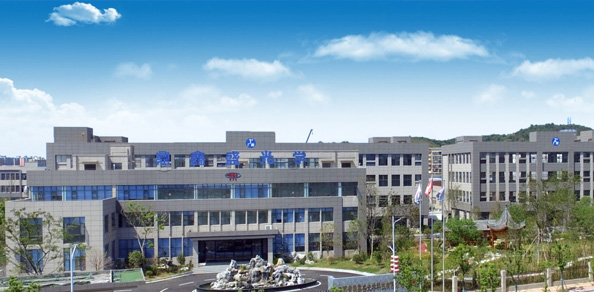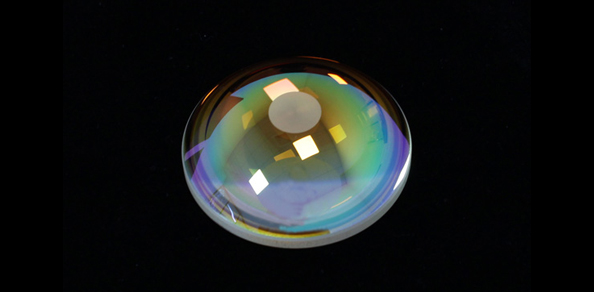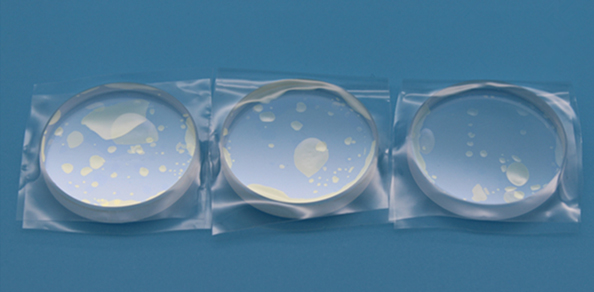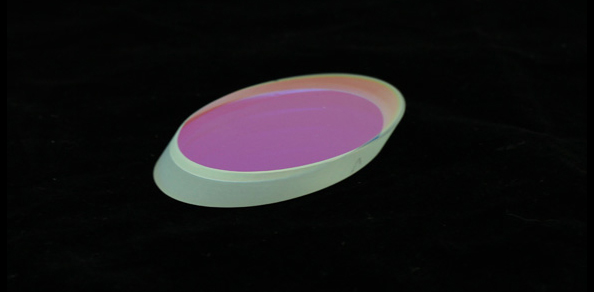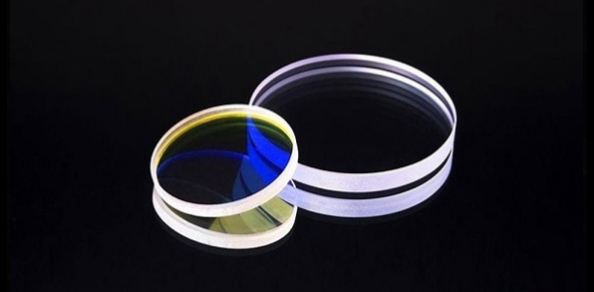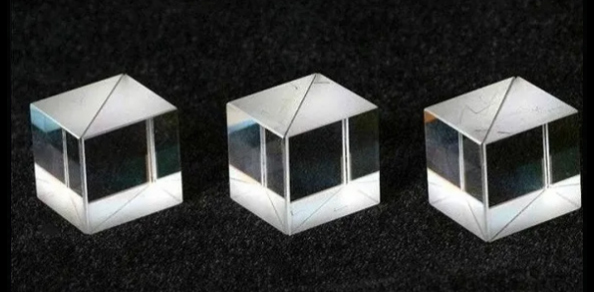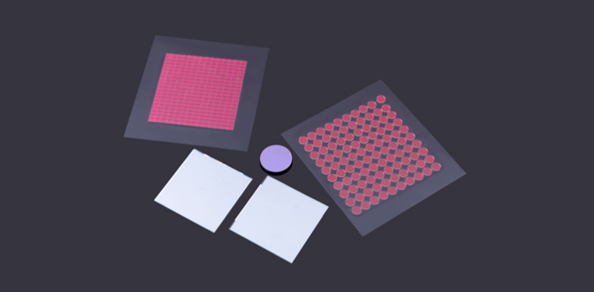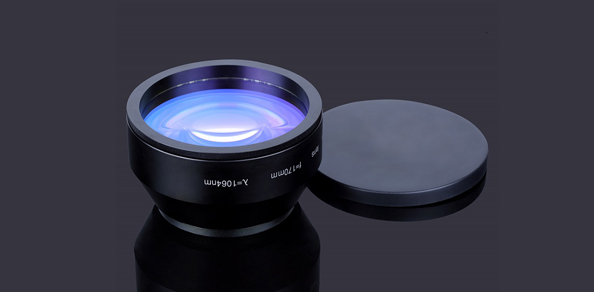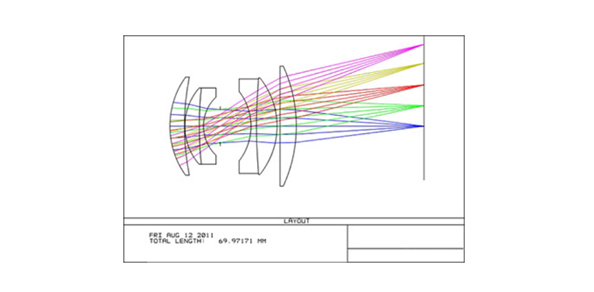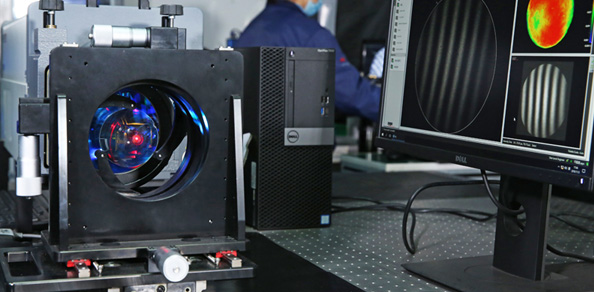
Acrylic lenses actually refer to the general term for PMMA material sheets after electroplating Generally, it can be divided into: single-sided mirror, double-sided mirror, adhesive mirror, paper mirror, and half lens.
Acrylic lenses, with PMMA as the base material, are also known as compression lenses or acrylic lenses by Hong Kong and Taiwanese people,Actually, they all refer to the general term for PMMA material plates after electroplating, using plastic lenses instead of glass lenses,It has the advantages of light weight, not easy to break, convenient molding and processing, and easy coloring,The development momentum is gradually rising, and it has become a type of technology in lens production.
Plastic sheets can generally be made into single-sided mirrors, double-sided mirrors, optical lens adhesive mirrors, paper mirrors, semi lenses, etc., which can be made according to different requirements.The screens of mobile phones and televisions are commonly seen in daily life.
Introduction to Acrylic Lens
Acrylic is suitable for secondary processing, such as mechanical processing, thermoplastic molding, blow molding, vacuum forming, solvent bonding, thermal printing, screen printing, and vacuum plating. After successful processing, it becomes what we call acrylic lenses.
Acrylic sheet is polymerized from methyl methacrylate monomer (MMA), namely polymethyl methacrylate (PMMA) sheet organic glass,It is a type of organic glass that has been processed through special techniques.It is known as the 'Plastic Queen'. The research and development of acrylic has a history of over a hundred years.
Optical lenses
Process characteristics
1、Acrylic contains polar methyl groups and has obvious hygroscopicity, with a water absorption rate generally ranging from 0.3% to 0.4%. Before forming, the acrylic sheet must be dried under drying conditions of 80 ℃ -85 ℃ for 4-5 hours.
2、Acrylic exhibits significant non Newtonian fluid properties within the temperature range of molding processing, and its melt viscosity decreases significantly with increasing shear rate. The melt viscosity is also sensitive to temperature changes.Therefore, for the molding process of polymethyl methacrylate, increasing the molding pressure and temperature can significantly reduce the viscosity of the melt and achieve better flowability.
3、The temperature at which acrylic begins to flow is about 60 ℃ for the focusing lens, and the temperature at which it begins to decompose is higher than 270 ℃, with a wide processing temperature range.
4、Acrylic melt has a high viscosity and a fast cooling rate, which makes the product prone to internal stress,Therefore, strict control of process conditions is required during molding, and post-processing is also necessary after the product is formed.
5、Acrylic is an amorphous polymer with a small shrinkage rate and variation range, generally around 0.5% -0.8%, which is beneficial for forming plastic parts with high dimensional accuracy.
6、Acrylic has excellent cutting performance, and its profiles can be easily machined into various required sizes.
Principle of Fluorite Lens Technology
Fluorite lenses with extremely low refractive index and low dispersion non spherical lenses not only have excellent infrared and ultraviolet transmittance, but also better eliminate color differences that affect the sharpness of the captured image.Due to the difficulty of compensating for image distortion with ordinary optical lenses, it is not possible to shorten the length of telephoto lenses.But by using low refractive index fluorite lenses, the length of the telephoto lens can be significantly reduced while maintaining high image quality.
Canon developed the artificial crystallization technology of fluorite in the late 1960s and adopted fluorite lenses in its white lens and ultra telephoto L lens series.Canon has used fluorite on SLR camera lenses, which has been highly praised by photographers around the world for its delicate depiction and high contrast.

